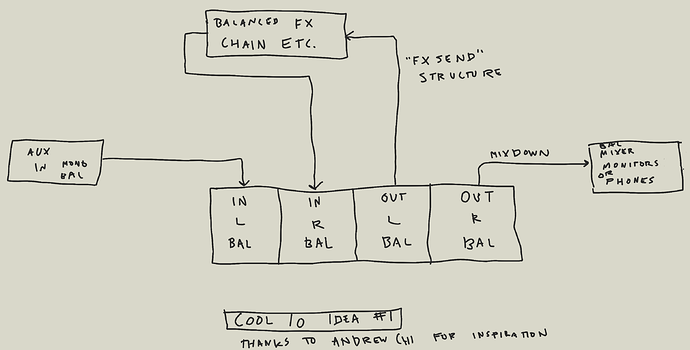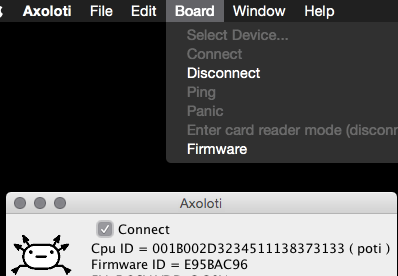@jaffasplaffa, it's because the sample objects are far too low level as they are, and efficient full-duplex objects are non-existent as far as I'm aware. There is no way the layman coming to Axoloti is going to knock-out a proper sampler or a multitrack recorder with it.
It's very cool, and of course essential, that the low-level objects are there, but that doesn't mean the higher-level objects should be excused for how limited they are. It's not about having to work for it, and Im guessing that even you would not be capable of putting together an Axo patch that demonstrates how to build a full-duplex capable multitrack or a proper sampler.
A proper sampler is a bit more than recording the input and triggering the sample to play it back:
- How do you access the read/write position of the sample?
- How do slice the sample at sample-accurate positions?
- How do you even play a sample from a sample-accurate position?
- How do you select portions of a sample?
- How do you cut/paste/discard sample-accurate portions of a sample?
- How do you save a specific portion of a sample to an SD card?
They're just some examples of why the high-level stuff is simply not high enough. I'd be very surprised if you yourself would be able to build such a sampler in Axoloti. The amount of low-level objects you'd need would likely eat up so much RAM that even if you managed to work it out, there would be no room for it. Which actually, brings me to something I've wanted to point out quite a few times now and it is this ...
There is often talk about how adding more features to an object increases the amount of RAM it requires, and while that is obviously true, what also needs to be be considered is the fact that bundling purpose-made facilities into one big abject can also save RAM, not waste it. A more sophisticated sampling object that contains what is needed for a 'proper' sampler, would enable you to do, in much less RAM, something that would otherwise either be impossibe or an outright nightmare to do if you were to do it all with the low-level objects we currently have.
Despite the very obvious interest among Axoloti users for sampling/recording based stuff, not a not a single person has uploaded a sketch that demonstrated the abilities in that list I just gave you, and the reason for that is because even the highly-skilled among you have not managed to create such a thing. This is why sampling needs it's very own super-optimized object that takes care of all that stuff internally, therefore saving the need for masses and masses of low-level objects, and as a result actually allowing the layman to build what they thought they were going to be able to build.
Same with full-duplex, there needs to be dedicated super-optimised objects for that, but there aren't any.
So it's not about working for it, but if you honestly think that, feel free to upload a sketch that demonstrates how to wire-up the current objects in order to achieve those sampling essentials pointed out in the list.
I say good luck with that, but if you do manage it, please start a new thread about it because I assure you it will prove very popular indeed and it would otherwise hijack this thread and that was not the intention. In a nutshell, a much higher-level super-optimised object that specialises in sampling/recording is needed, and another for super-optimised full-duplex.




